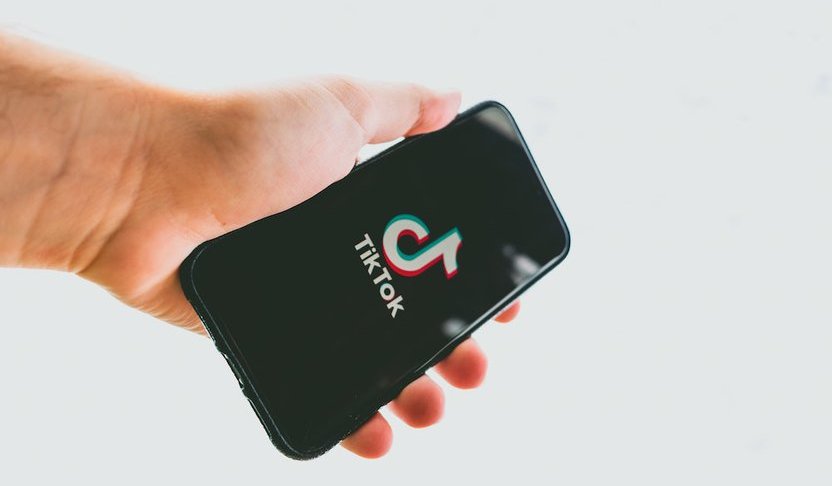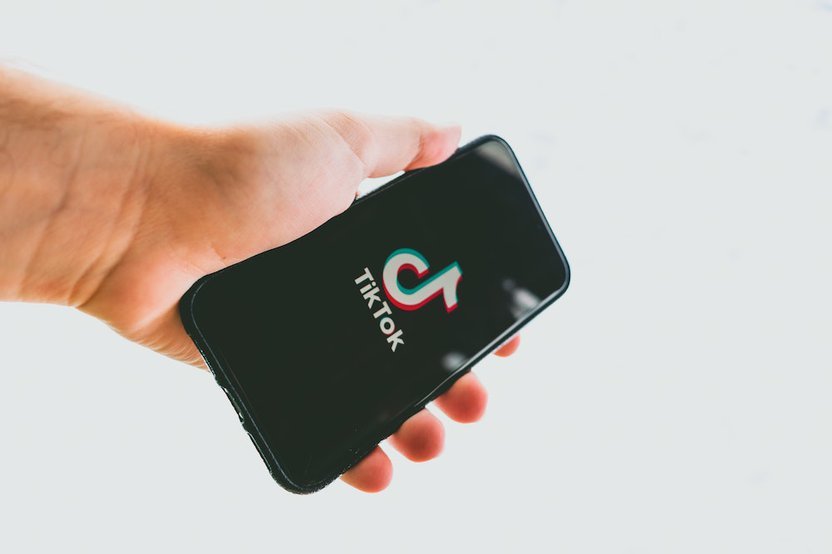UGC will be the Queen (or King) of social in 2024

In the sparkling world of social media, one trend is set to dominate in 2024 - user-generated conte…

With 800 million active users worldwide there’s no denying that new kid on the block TikTok is fast becoming a major player in the social sphere. No doubt you’ll have heard of it or perhaps even seen one of the many viral dances it's spawned.
The app is pretty simple in theory: users create, edit, and share short videos. And its appeal lies firmly in the disposable nature of the videos. Unlike YouTube - where videos are lengthier - audiences are less likely to save content and return to it.

Instead, the platform works as a constant stream of entertainment. TikTok is fluid in design, with videos rolling on to one another seamlessly without the interruption of an ad to disrupt the fun. Don’t get us wrong, the ads are there but they’re more naturally integrated with the rest of the content. More on this later.
Quick technical bit, stick with us though, it’s important… At the heart of TikTok is its algorithm, and it’s really interesting and different to other social media channels. Instead of focusing on the user’s social circle (i.e. how popular that circle is) the app serves content based purely on what a user will enjoy. An account’s follower numbers are irrelevant here, because as long as the content is entertaining it’ll get shown.
This makes it a really exciting platform for brands, who usually have to amass a hefty social audience to gain validity and clout before they start seeing results. Instead of playing the (follower) numbers game, brands can jump on board and integrate themselves immediately within the perpetual stream of fun and games.
Opportunities ahead? You bet.
There’s no doubt about it. The young ’uns rule the roost on TikTok, with 41% of users aged between 16 and 24 (in the UK this demographic makes up 26% of users, the largest share). It’s worth remembering that the platform is seen and used completely differently to more traditional channels, like Facebook and Instagram whose key demographics are slightly older.
It’s not a place users go to engage with friends or family, or catch up on news. This app exists purely to entertain. Which goes some way to explaining the average daily use of the app, currently coming in at 41 minutes. In context, users spend an average of 53 minutes a day on Instagram and 58 minutes on Facebook, so it’s not taken TikTok long to catch up with the big boys.
Before diving straight in, signing up for an account, and creating reams of content about products and services, brands need to know that very few people are on TikTok to buy. Compare it to Instagram, where selling is made even easier with every app update, TikTok should be seen as a place for brands to develop their personality.
Below are a few names who are making it big on the platform:
The above brands aren’t bulldozing their way into the feed with product-only content. Instead they’re starting conversations and encouraging audience interaction.
So, if you’re looking to get your brand onto the platform our number one piece of advice would be to think about your offering and how it can be used to entertain or inform rather than facilitating a cold, hard sell.
TikTok content has a DIY feel to it. The charm is in its rough-and-ready production value, so once you have that killer idea, don’t overthink ‘The Making Of’.
User Generated Content (UGC) takes centre stage on the channel, and based on the raw nature of the content on there that should come as no surprise. If you have brand advocates or influencers already in your marketing strategy, now’s the time to capitalise.
Challenges should also be strongly considered when planning your content. After all, they’re the foundation to viral content and getting a lot of eyes on your work. This could take on the form of a dance routine, camera filter, or physical challenge - as long as it makes sense for your brand’s personality to be seen doing it, then we say get a hashtag on your video and get involved.
US fast food chain Chipotle launched themselves onto TikTok doing just this. Coming from one of their employees who had a flair for assembling burrito bowls, the #ChipotleLidFlip was born and has collectively amassed over 306.5 million views.
Good news for those already familiar with paid advertising - the set up of the TikTok advertising platform is pretty similar to all other social platforms. You can create campaigns that hold multiple targeting groups, although the targeting options on the platform are quite limited at this moment when it comes to interests. As the app continues its stratospheric rise in popularity, we expect this to change.
Excitingly there is a TikTok Pixel too, just like Facebook, it can be installed on your website to collect data and include these visitors within your campaign.
TikTok doesn’t yet have a self-serve platform for advertisers, as each brand must apply for access to the ad platform:
To get started advertising on TikTok, you will need a TikTok advertising account or account manager. To see if your business qualifies, you can contact TikTok Ads directly. Once you have submitted your information, a TikTok representative will review your information. If your business qualifies, they will contact you to set up your advertising account.
A little vague perhaps but understandable as TikTok wants to get to know you, ie. the types of brands who are looking to spend money on their platform. You’ll need fairly deep pockets to get going and drive meaningful results however, as an average CPC stands at $10 (£7.50). But, don’t let this put you off if you’re armed with great content ideas and a robust strategy.
TikTok is bold, exciting, and fun but before you get stuck in we have a few recommendations:
If you need help finding out where your audience are and which social media channels your brand should be using then contact us here.